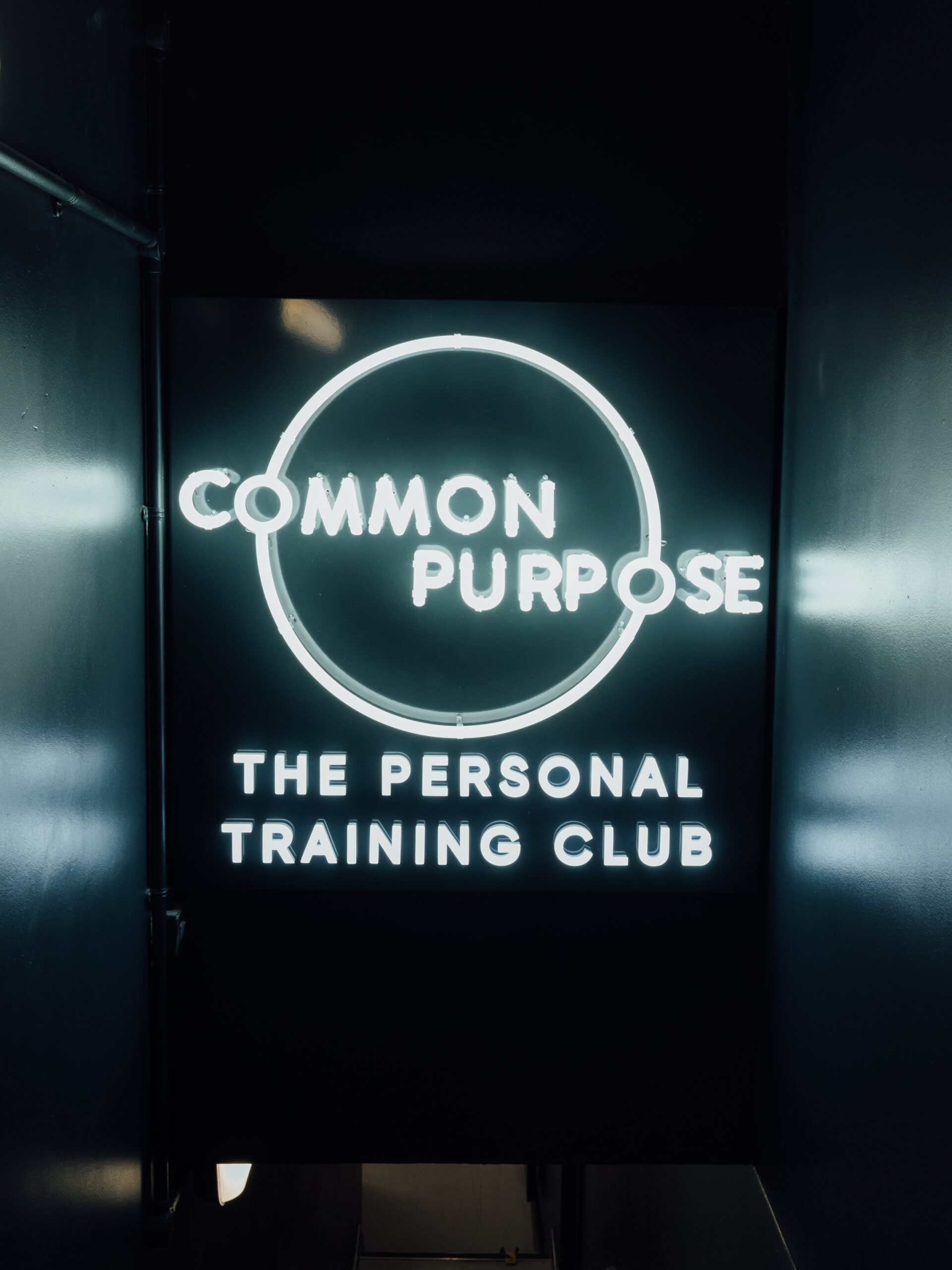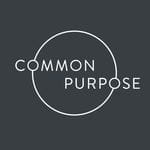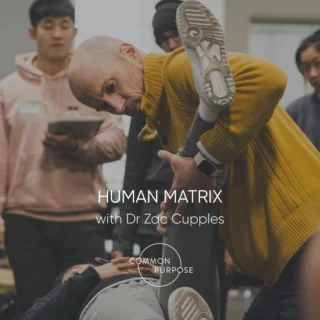What push-up variations are there? And how do they work?
You can vary push ups in many ways, here are 3 common examples;
Distance Between Hands
Adjusting the distance between the hands can change the mechanics and leverages of the press up, thereby emphasising different aspects of the muscles that are being exercised.
A wide distance between the hands places more demand on the distal portion of the pecs (furthest from the sternum) and front deltoids, whereas a narrower distance between the hands works the triceps and inner pecs more.
Body Angle (Centre of Mass)
Adjusting the angle of the body (flat, decline or incline) shifts the centre of mass towards or away from the working muscles.
Moving the centre of mass towards the upper body by raising the feet off the ground (decline) makes the push-up more difficult.
Moving the centre of mass away from the upper body by elevating the hands (incline) makes the push-up easier.
Tempo
Speeding up or slowing down a push-up can impose different stimuli on the body.
Increasing the speed can improve neuromuscular synchronicity, potentially improving the power output of the press up.
Slowing a press up down will increase the metabolic stress and time under tension placed on the muscles being used.
Both of these progressions place a higher demand on the muscles being used (albeit in different ways), thereby increasing the specific training stimulus required to improve specific outcomes (power, strength and size etc.).
Ready to tone up and burn fat with Common Purpose? Explore our services, from personal one-to-one training to the social vibe of semi-private and group workouts. Choose your way to build muscle and shed fat for a stronger, fitter you!
Get in touch today or check out our memberships here.
 Common Purpose Team
Common Purpose Team



